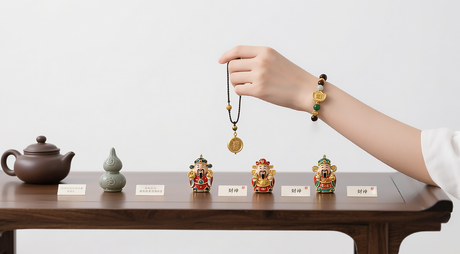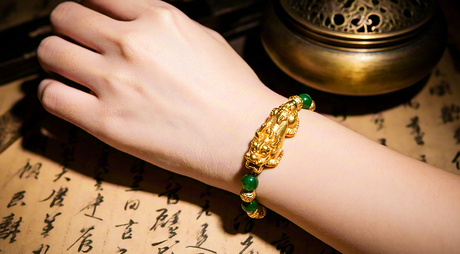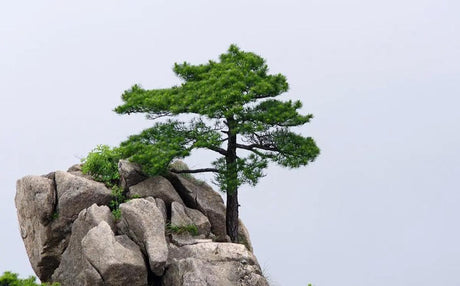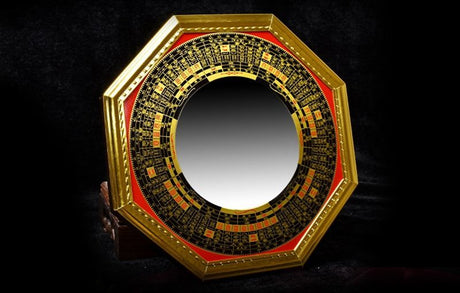Table of Contents
1. Introduction: The Diversity Within China
China’s cultural landscape is a vast mosaic shaped by 56 officially recognized ethnic groups. While the Han majority forms the mainstream, the other groups — including Tibetans, Uyghurs, Mongols, Dai, Yi, Miao, Kazakhs, and many more — contribute unique languages, faiths, and traditions that have enriched Chinese civilization for centuries.
From the Himalayan plateaus to the tropical valleys of Yunnan, and from Inner Mongolia’s grasslands to Heilongjiang’s snowfields, ethnic cultures express harmony between people and nature. Each group’s festivals, architecture, and craftsmanship form living chapters in China’s collective story — a story of coexistence and creative resilience.

2. Intangible Heritage: The Soul of Ethnic Culture
The essence of China’s ethnic diversity lies in its intangible heritage — living traditions passed through generations, connecting past and present. These include oral epics, ritual music, embroidery, and folk beliefs.
UNESCO has recognized many of these practices: Tibetan opera (Lhamo) for its blend of song, dance, and Buddhist storytelling; Mongolian long song for its boundless melody that echoes across the grasslands; and the Dong people’s Grand Song, sung in natural polyphony without instruments.
In Yunnan and Guizhou, crafts such as batik dyeing, paper cutting, and silverwork remain active expressions of cultural memory. Each practice is not only an art form but also a reflection of worldview — a testament to human creativity rooted in the rhythms of daily life.
3. Epic Tales and Oral Literature
For many ethnic communities, history lives not in written chronicles but in voices and songs. The Epic of King Gesar, performed among Tibetans and Mongols, spans tens of thousands of verses — the world’s longest heroic narrative — preserving myths of courage, compassion, and balance between humans and spirits.
Among the Kyrgyz, the Epic of Manas recounts tales of unity and endurance, while the Yi people’s oral poems honor ancestors and the natural world. Storytellers, singers, and monks have passed these narratives from one generation to the next, ensuring that collective memory remains alive even in a digital age.
These oral traditions are cultural DNA — flexible yet enduring, transforming as they move from the campfire to the classroom and the stage.

4. Handicrafts and Ethnic Artistry
The artistry of China’s ethnic groups is as diverse as its geography. In Guizhou, Miao silversmiths craft elaborate headdresses and jewelry, each motif symbolizing protection or blessing. In Tibet, monks and lay artists paint thangka scrolls with pigments made from crushed minerals and gold dust — each line a meditation on devotion.
Uyghur woodcarvers from Xinjiang handcraft instruments such as the rawap and tambur, while Dai women in Xishuangbanna weave cotton brocades reflecting tropical motifs of peacocks, lotuses, and flowing rivers. Even the fish-skin garments of the Hezhe people in Heilongjiang embody harmony with their riverine environment.
What unites these crafts is their living purpose — art not for museums, but for worship, storytelling, and celebration. Through these works, heritage becomes tangible: a bridge between community and identity.

5. Music, Dance, and Festivals
Music and dance are the lifeblood of ethnic celebration. Each festival pulses with rhythm, color, and collective emotion. The Mongolian morin khuur (horse-head fiddle) captures the spirit of the steppe; Tibetan monks perform sacred cham dances to purify the world of evil; and the Zhuang’s folk antiphonal singing expresses love and humor in lyrical exchanges.
Festivals mirror the harmony between humans and nature. The Dai’s Water Splashing Festival marks renewal and friendship through joyful water play; the Yi’s Torch Festival celebrates light conquering darkness; and the Tibetan Shoton Festival transforms monasteries and streets into open-air theaters of opera and art.
Each melody, costume, and ritual connects people to their ancestors — proving that tradition is not static, but a living celebration of time and spirit.
6. Contemporary Vitality: Culture in Modern Life
Today, ethnic traditions in China are finding new voices in contemporary society. Young artisans combine traditional weaving or carving techniques with modern design. Musicians blend ancient instruments with electronic soundscapes, creating global collaborations that resonate with younger generations.
Ethnic tourism allows visitors to experience festivals, craft workshops, and folk performances, turning remote villages into vibrant cultural centers. Universities and museums curate programs on ethnic heritage, while digital archives preserve songs and dialects once passed only by word of mouth.
This renewal reflects a broader truth: tradition is not about resisting modernity, but about finding one’s roots amid change — a conversation between the past and the present that keeps culture alive and evolving.
7. Conclusion: A Shared Heritage of Humanity
China’s ethnic cultures together form one of the richest living archives of human creativity. Each craft, song, and ritual expresses a shared yearning for beauty, belonging, and meaning. While languages and lifestyles may change, the essence of these traditions — respect for nature, reverence for community, and the pursuit of harmony — continues to inspire people around the world.
In the melodies of the long song, the shimmer of Miao silver, and the rhythm of the drum at a torch festival, we glimpse a universal truth: diversity is not division but unity in color, voice, and form.










